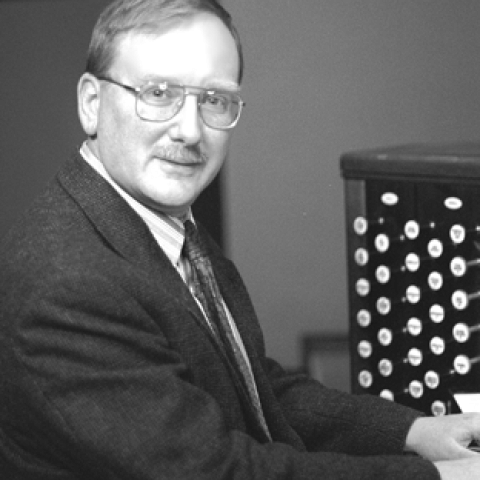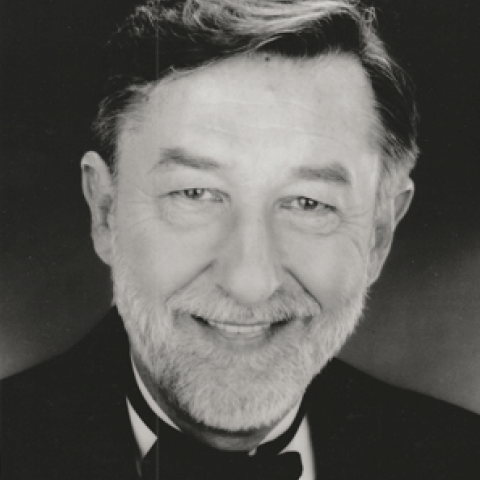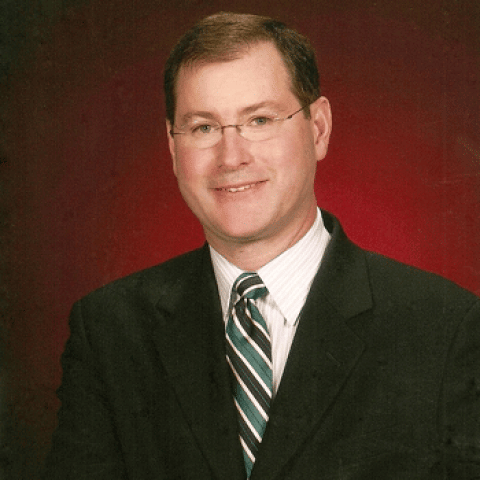
Paul S. Hesselink, 82, died May 1. Born on June 6, 1940, in Mitchell, South Dakota, he had been a resident of Las Vegas, Nevada, since 1993. He had previously lived in Iowa, Nebraska, Washington, Michigan, Ohio, Colorado, and Virginia.
Hesselink was a graduate of Lynden (Washington) High School and earned his Bachelor of Arts degree in music in 1962 from Hope College, Holland, Michigan, where he majored in organ. He studied musicology at the University of Michigan, Ann Arbor, under a Woodrow Wilson National Fellowship; earned a Master of Arts degree in organ pedagogy from Ohio State University, Columbus; and received his Doctor of Musical Arts degree in organ performance from University of Colorado, Boulder. His organ teachers included Roger J. Rietberg, Wilbur C. Held, Arthur Poister, Everett J. Hilty, and Don A. Vollstedt. He studied harpsichord in Paris, France, with Davitt Moroney.
In 1966 Hesselink joined the faculty at Longwood College (now University), Farmville, Virginia, where for twenty-six years he taught organ, harpsichord, music theory, music form and analysis, church music, handbells, and music appreciation. He was named a recipient of the college’s Maria Bristow Starke Award for Excellence in Teaching, and he chaired the Longwood department of music for three years. During the 1978–1979 academic year he was a guest faculty member at the University of Colorado in the department of organ and church music. Upon early retirement from Longwood, he was named Professor Emeritus. He relocated to Las Vegas, Nevada, to become dean and chief executive officer at Nevada School of the Arts, a private, non-profit community arts school, holding that position for twelve years. He also taught organ as adjunct faculty at University of Nevada, Las Vegas, beginning in 1993.
As a church musician, Hesselink served as the director of music (organ, choir, and handbells) at Farmville Presbyterian Church, Virginia, for twelve years and as organist at Christ Church Episcopal in Las Vegas for six years. He was an active member of the Southern Nevada Chapter of the American Guild of Organists, and he served as program chair of the AGO Region IX Midwinter Conclave, hosted by the Southern Nevada Chapter in January 2006. From 2005 to 2019 he managed the chapter’s organ recital series bringing nationally and internationally known organists to perform in Las Vegas. Upon his retirement from that responsibility, the chapter honored him by naming the recital series the Paul S. Hesselink Organ Recital Series. Hesselink also held memberships in the Organ Historical Society, the College Music Society, the American Musicological Society, and the Southeastern Historical Keyboard Society.
Active during his entire professional life as an organ and harpsichord recitalist, lecturer, and workshop leader, he also performed as a duo-piano team member with Longwood colleague Frieda Myers. He was harpsichordist-in-residence with the Roxbury Chamber Players of New York for “Music in Historic Places” during the summers of 1984 and 1985. In 1996 he was harpsichord soloist for the world premiere performance of the Nevett Bartow Concerto for Harpsichord with the Nevada Chamber Orchestra; he later recorded the work with the Slovak Radio Symphony Orchestra in Bratislava for the MMC Recordings label. Hesselink was the recipient of two National Endowment for the Humanities Summer Seminar awards—at Yale University and later at the Arnold Schoenberg Institute at University of Southern California. The seminars resulted in a ten-year research project regarding the commissioning, composition, and publication of Schoenberg’s only work for the organ, his opus 40, Variations on a Recitative. At the end of the second summer seminar, he was invited to publish his research in the Journal of the Arnold Schoenberg Institute. On the occasion of the 50th anniversary of the composition of the Schoenberg organ work, his article, “Variations on a Recitative for Organ, Op. 40: Correspondence from the Schoenberg Legacy,” was republished in The American Organist (October and December, 1991).
Hesselink was a force in the acquisition of the Maurine Jackson Smith Memorial Organ installed in 2004 in Dr. Rando-Grilliot Recital Hall, Beam Music Center, University of Nevada, Las Vegas. This instrument, which was designed, fabricated, and installed by Rudolf von Beckerath Orgelbau, Hamburg, Germany, is the largest mechanical-action organ in Nevada. In 2013 he published “As I Recall: A History of the Maurine Jackson Smith Organ at UNLV.”
Paul S. Hesselink is survived by a brother, Philip Hesselink of Omaha, Nebraska; two sisters, Elaine Helmus of Jefferson, Iowa, and Ardys Hansum of Omaha. Also surviving is his former student, longtime friend, and partner of more than fifty years, Linda Parker. His ashes were interred in the family plot in the Gibbsville, Wisconsin, Cemetery. Memorial contributions may be made to the American Guild of Organists, the Southern Nevada Chapter of the AGO, or the Organ Historical Society.
Other recent obituaries:





